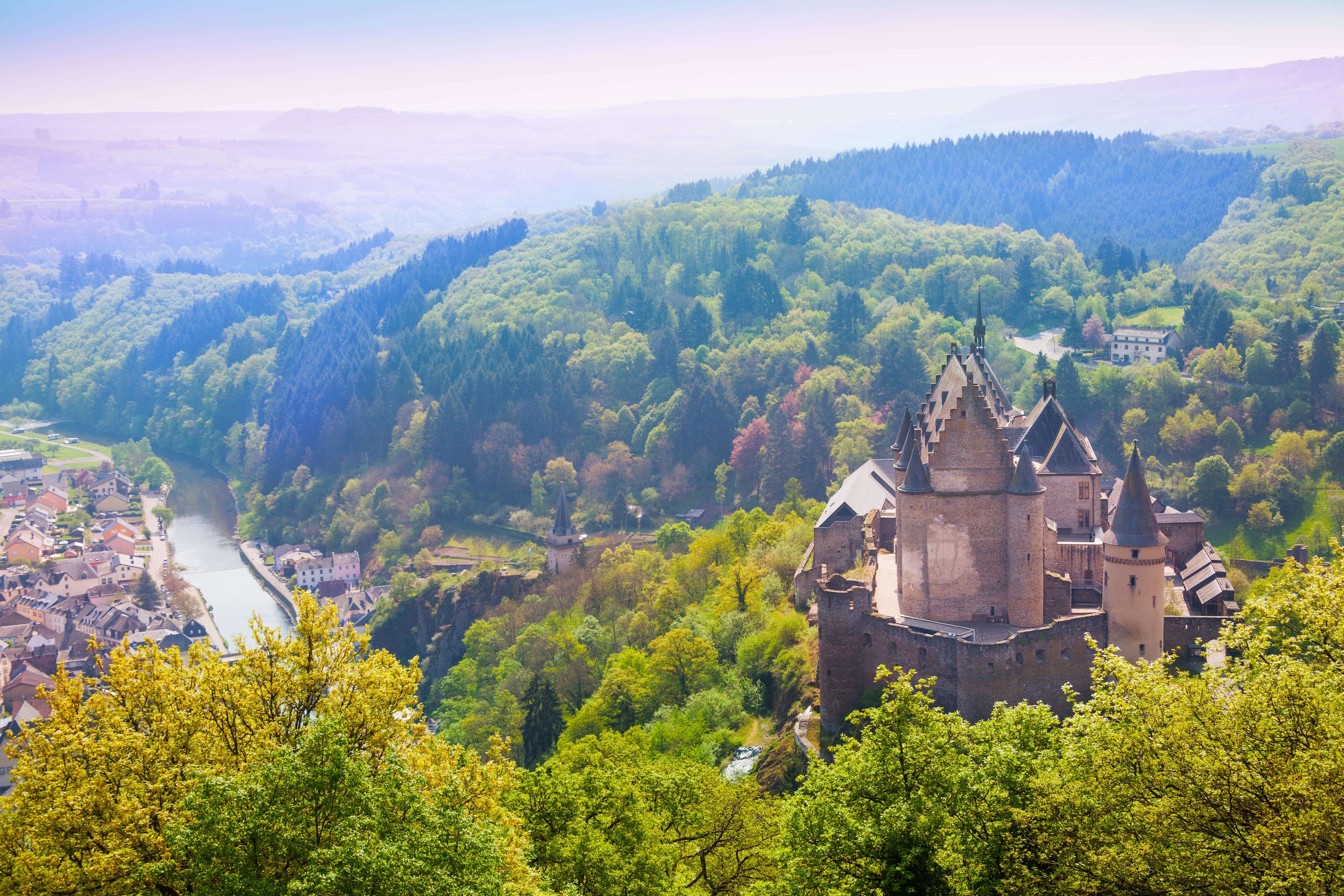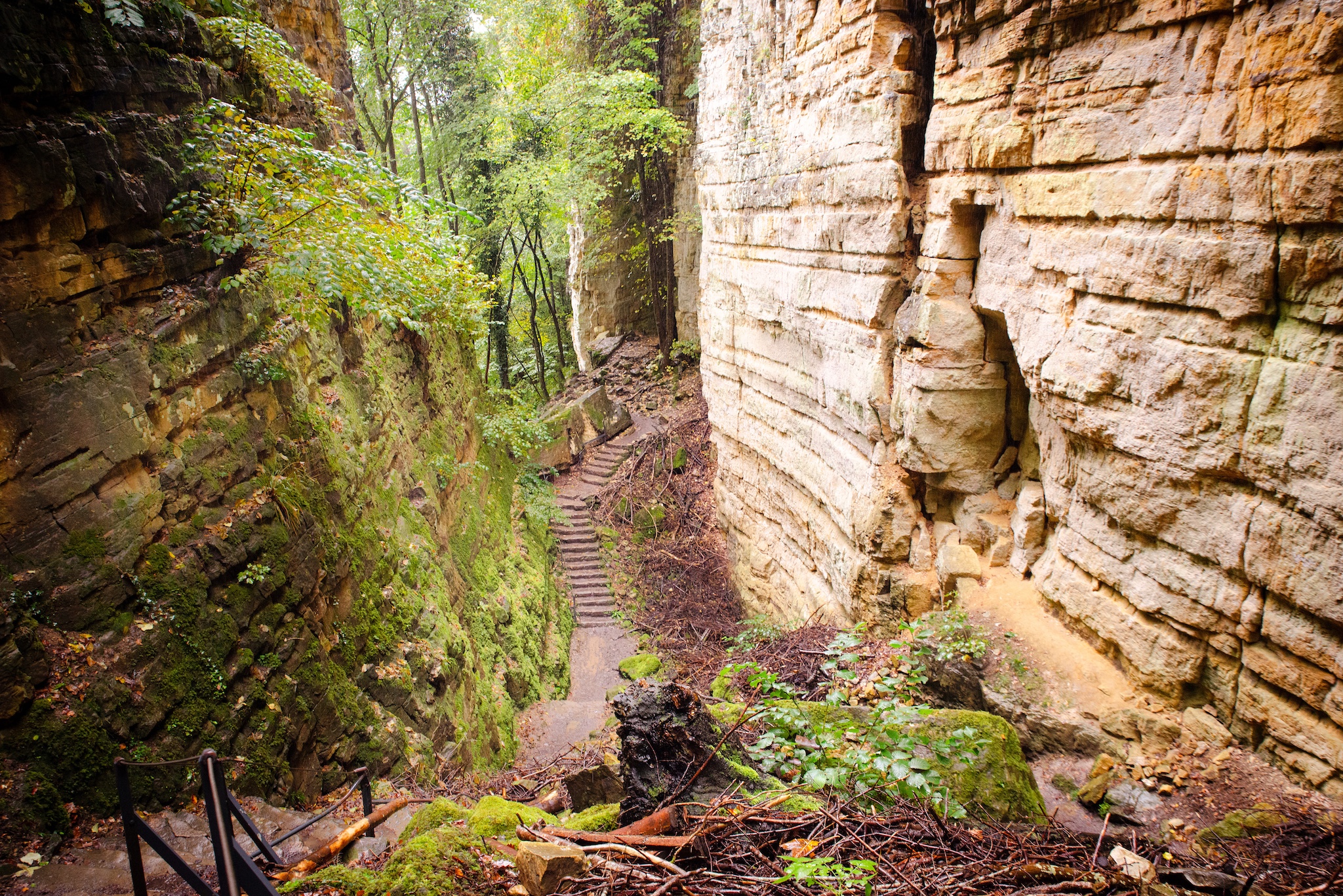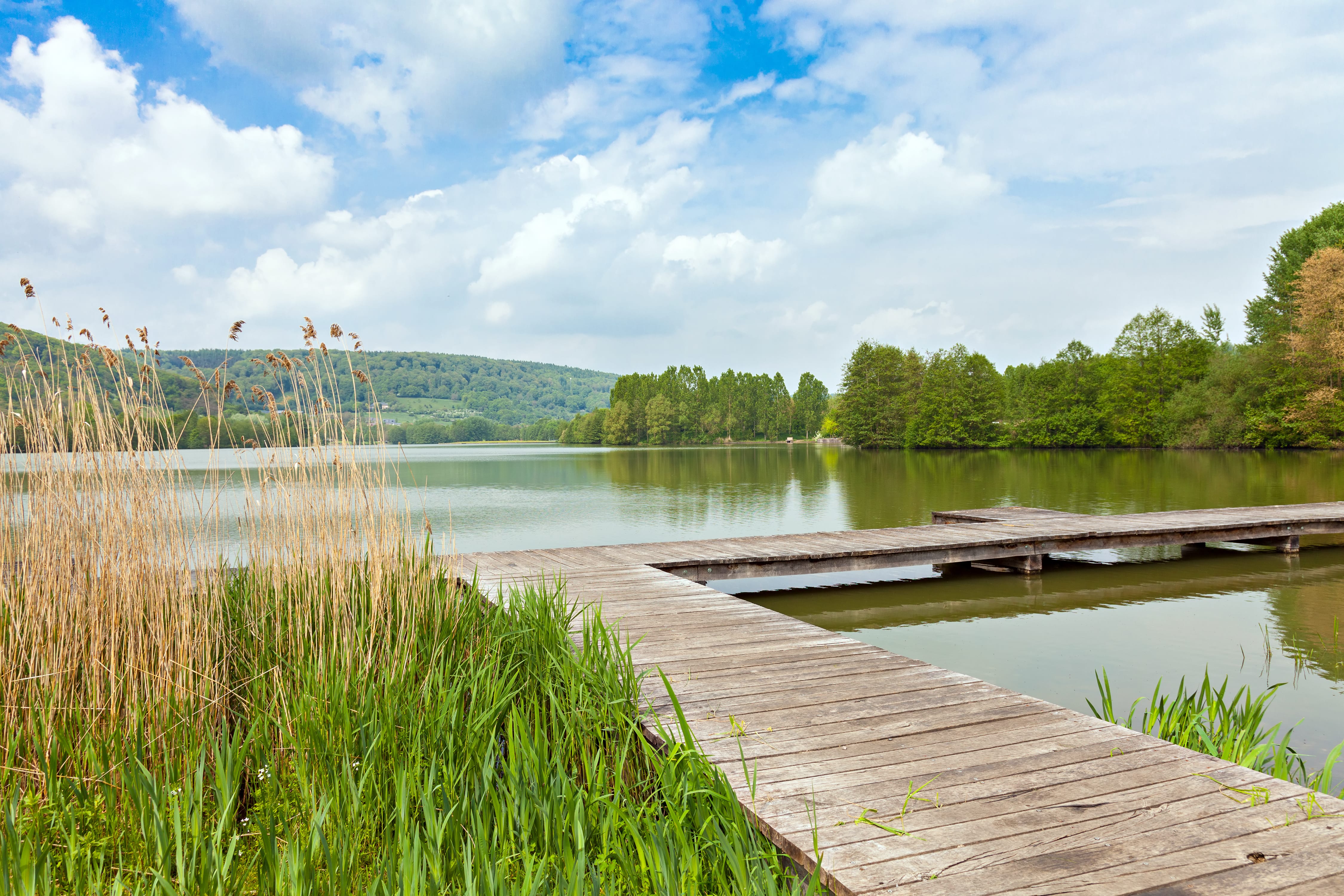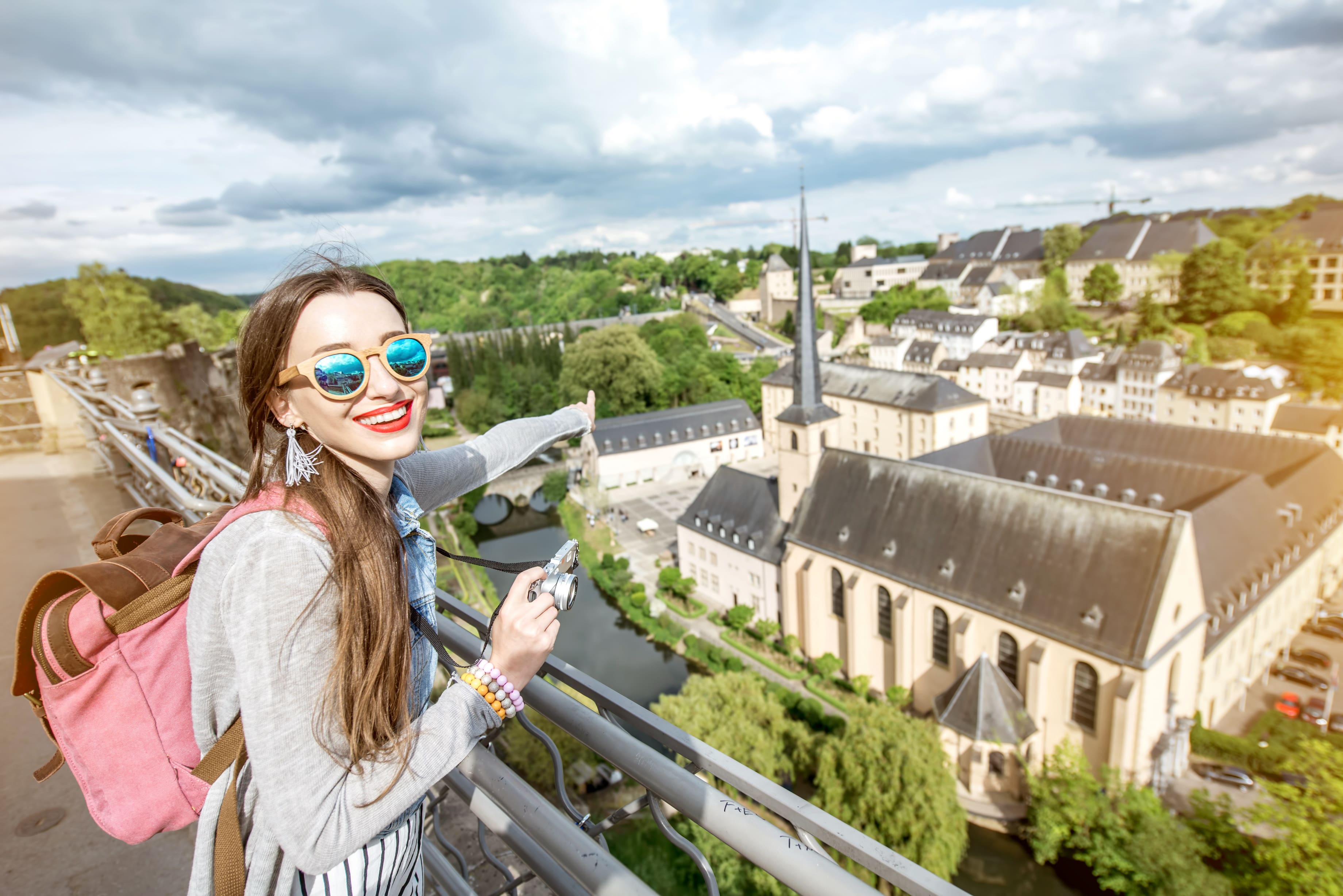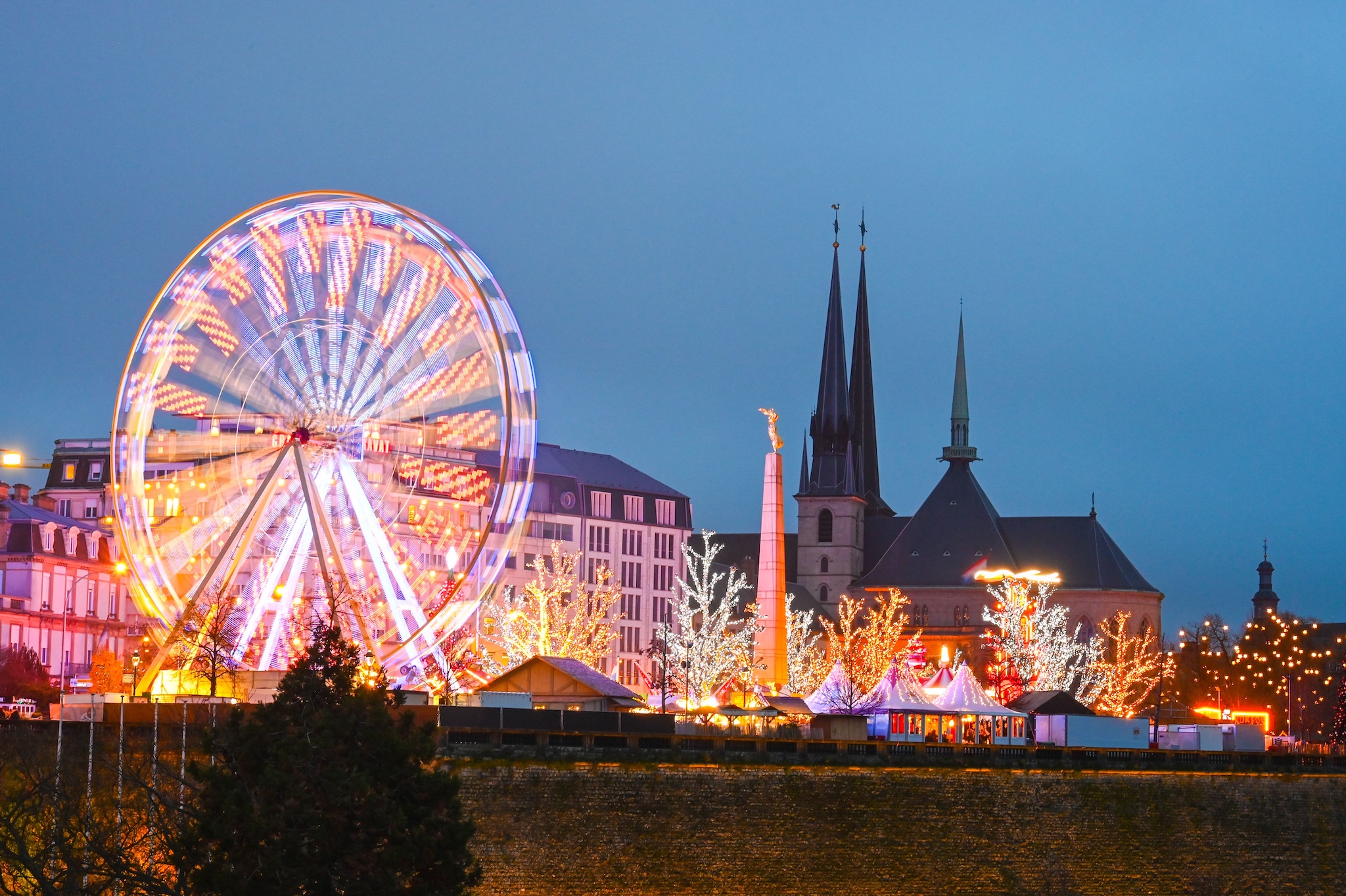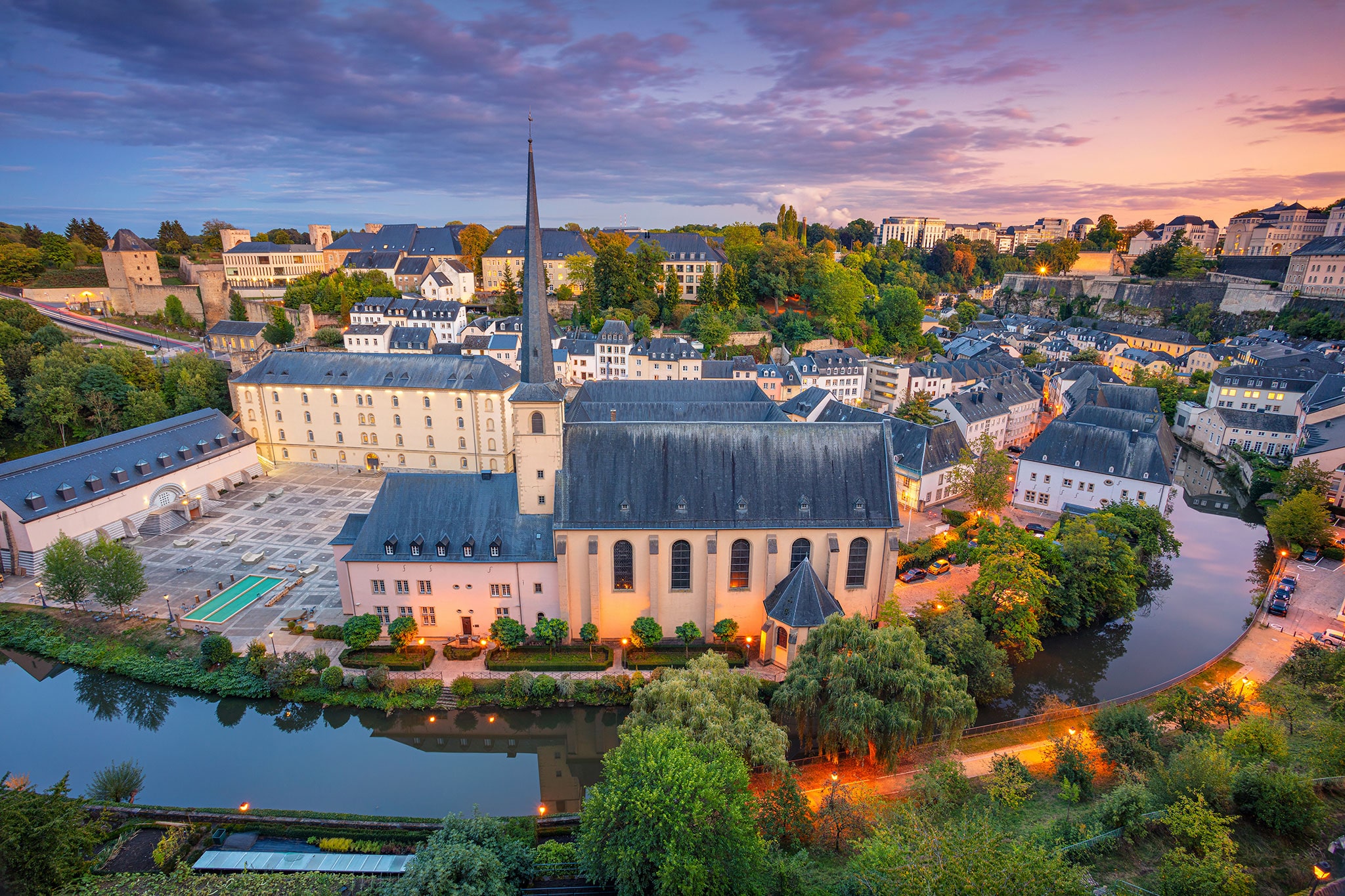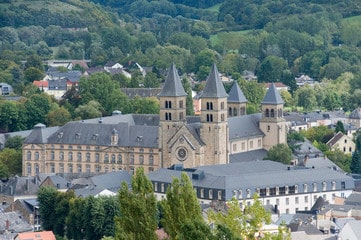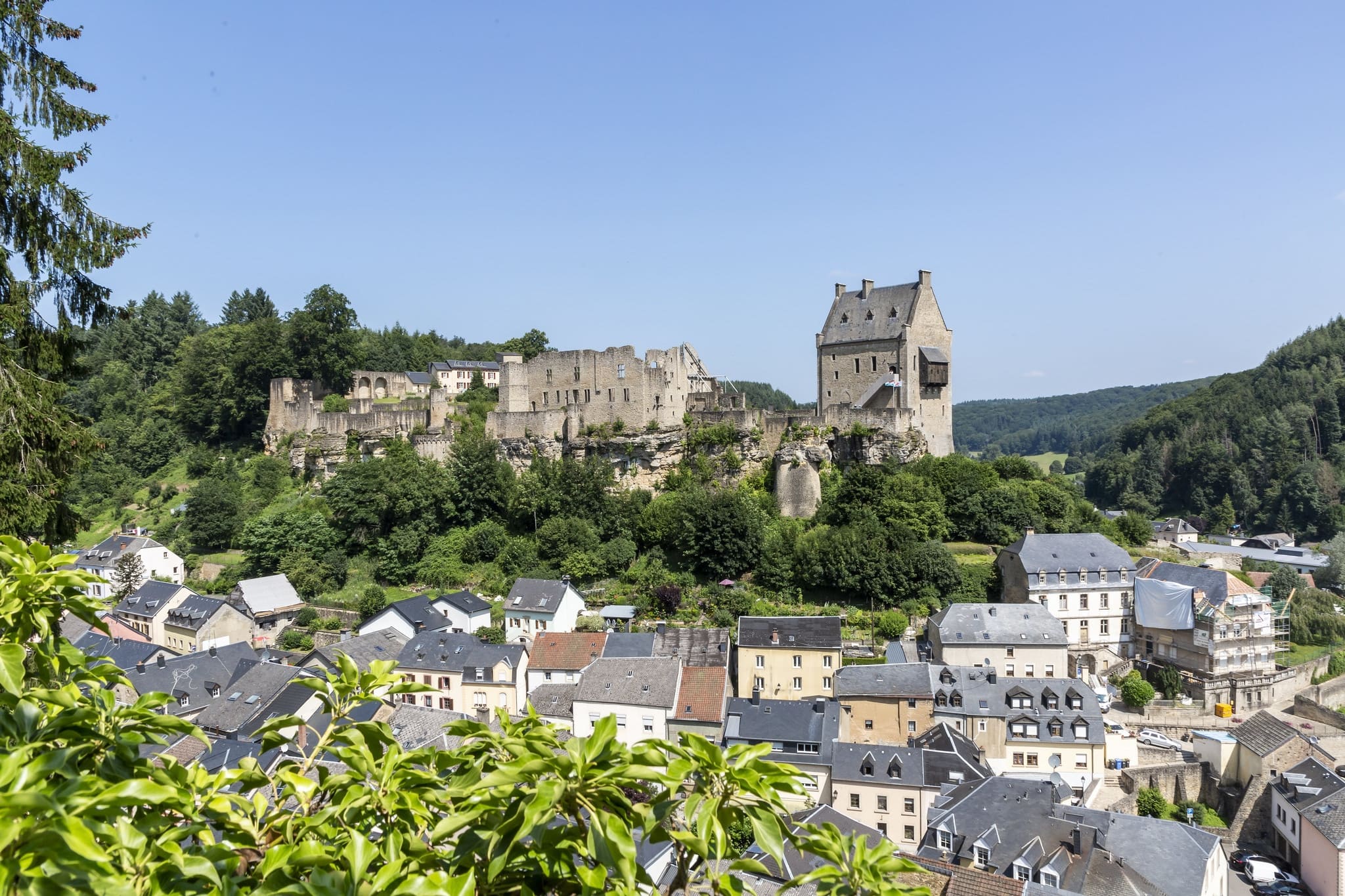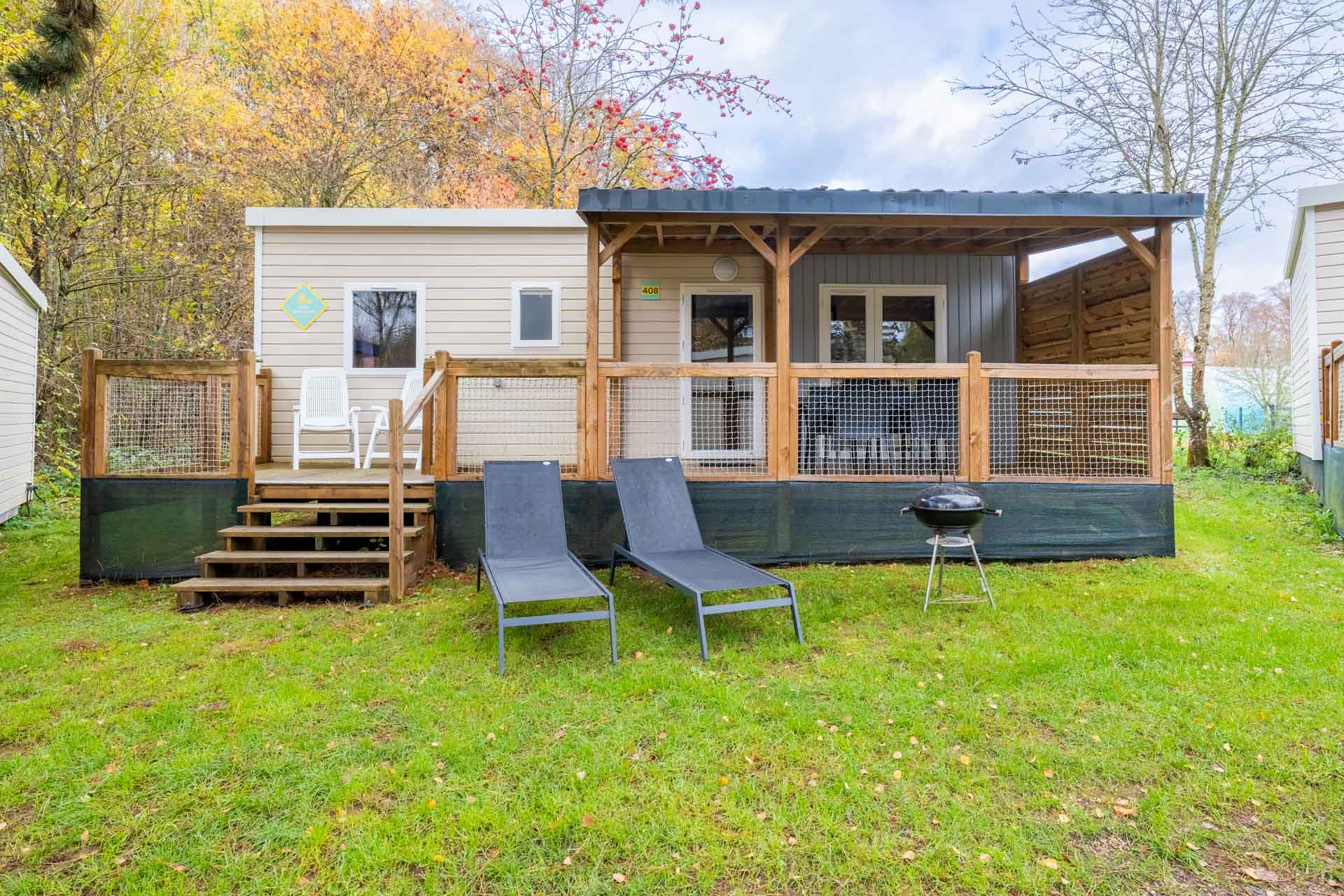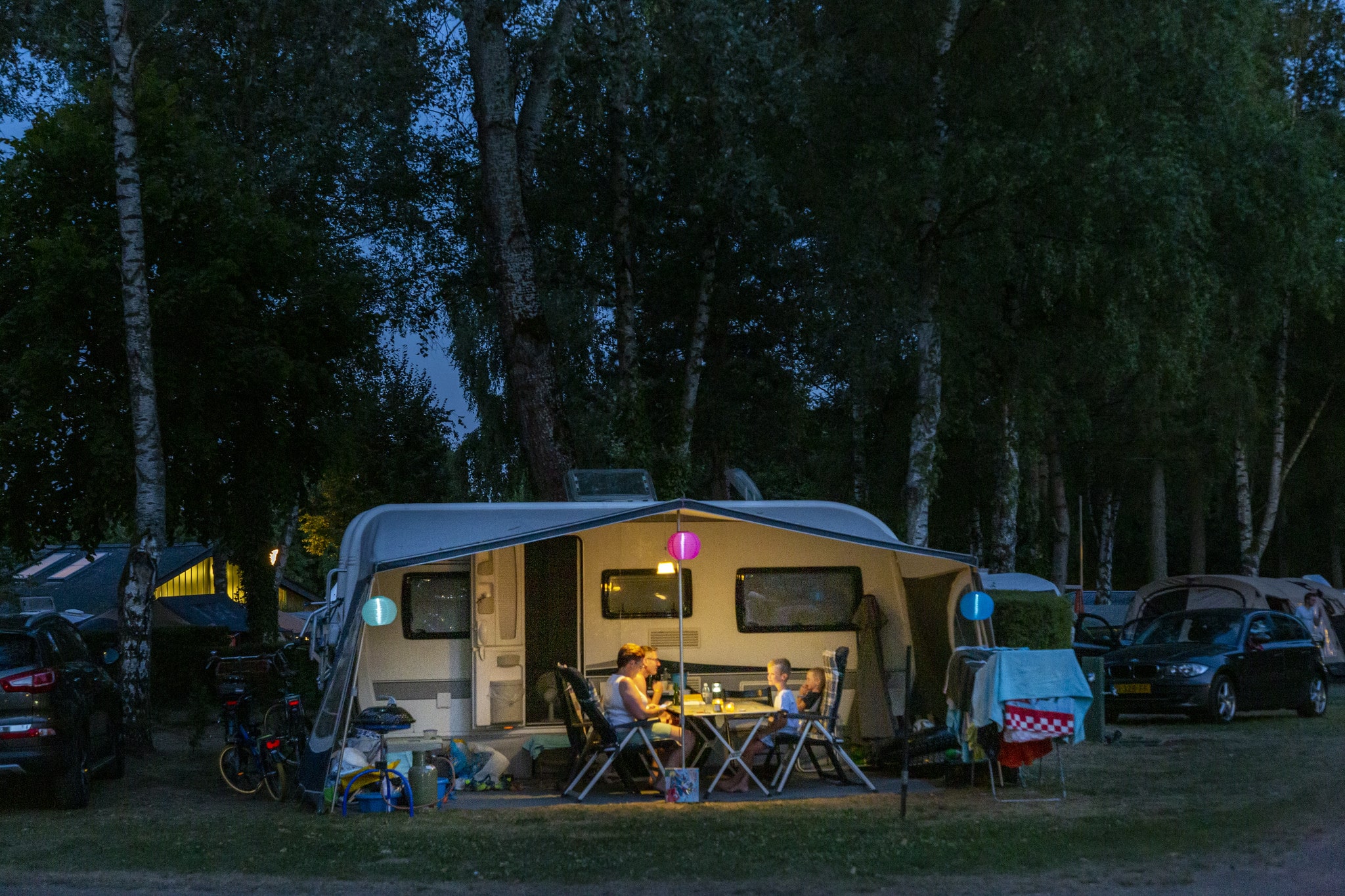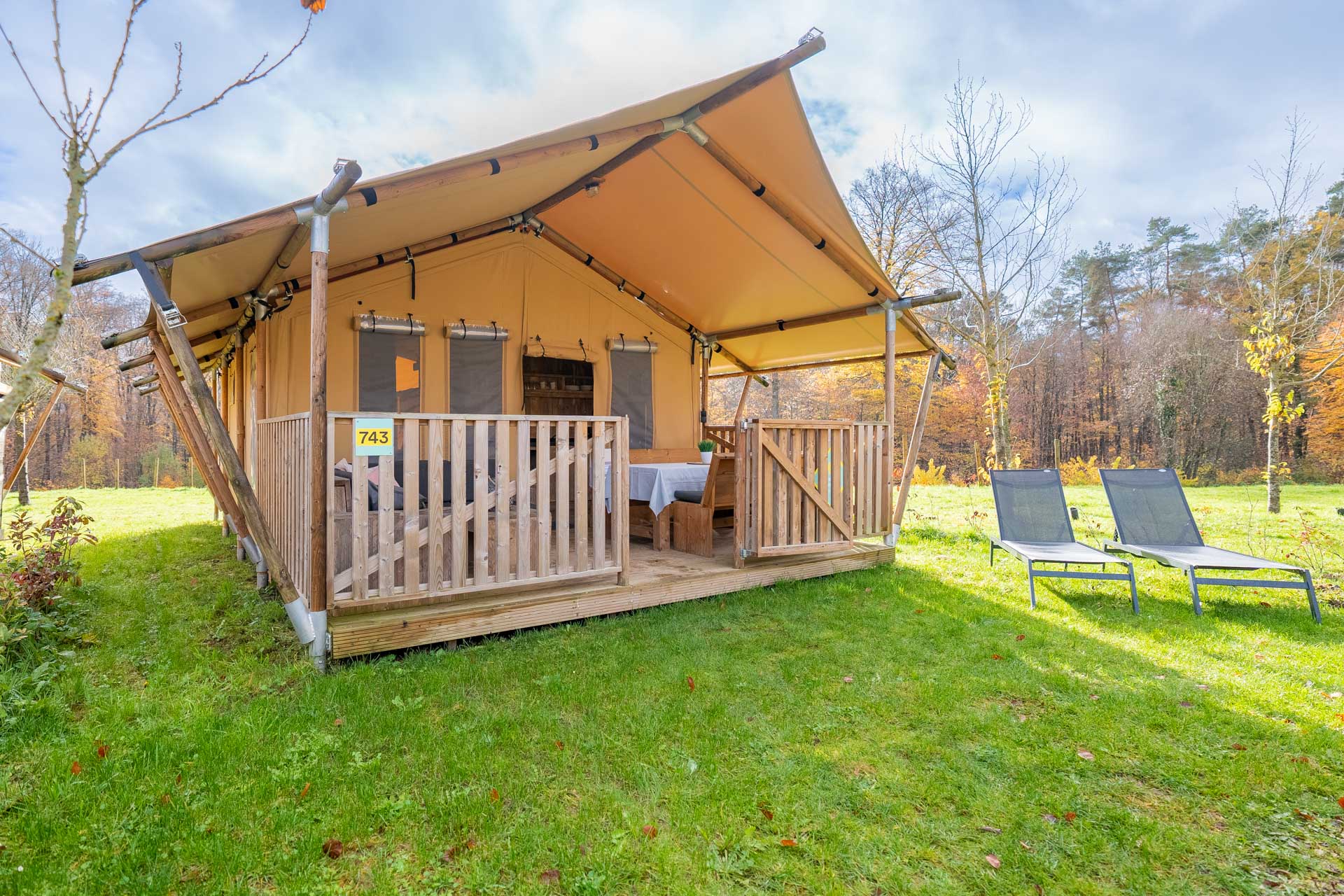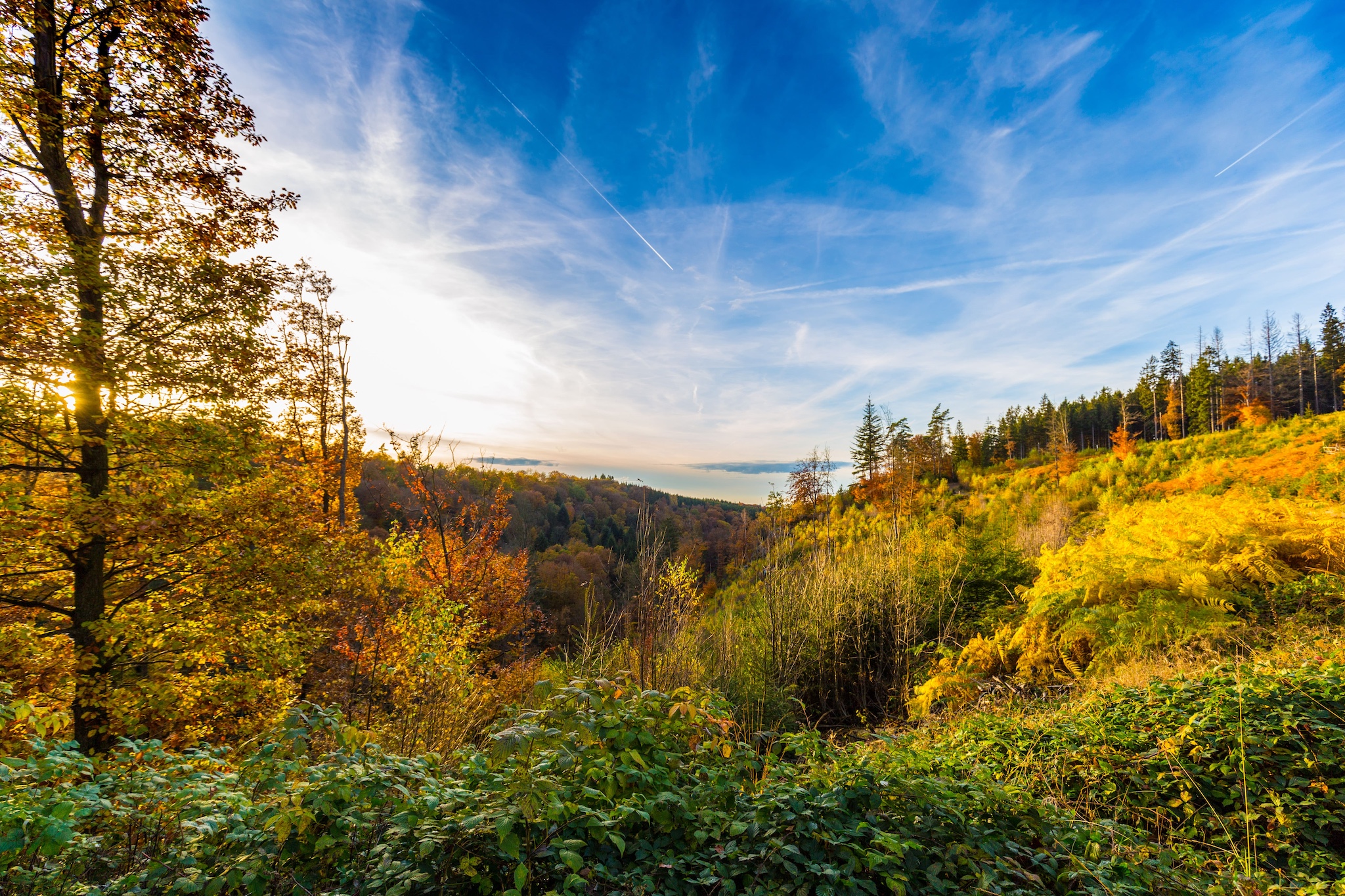
Ardennes landscape
The Ardennes, where nature is dedicated to outdoor enthusiasts, stretches between France, Belgium and Luxembourg and was a strategic territory in both World War I and World War II. The Ardennes covers as much as three-quarters of Luxembourg’s territory, with forests, valleys and the large Haute-Sûre reservoir. The area has two nature reserves: the Haute-Sûre nature park and the Our nature reserve. Put on your comfortable shoes and get ready to explore the nature and history of the Ardennes.
Wartime memories in the Ardennes
The Ardennes was a theatre of war and site of crucial battles in both World Wars. In 1914, at the outbreak of the Great War, the French and German armies clashed in the Ardennes Forest: the Germans, victors of this bloody battle, were then able to push deep into enemy territory and sequester important resources. In 1940, during the French Campaign, the Wehrmacht concentrated its offensive in the Ardennes, surprising the French and defeating them within weeks. Finally, in 1944, the Ardennes saw the last German attempt to regain the upper hand on the Western Front with an operation that initially gained ground but was ultimately defeated by the superiority of the Allied Forces. Explore these events at the National Military History Museum (MNMH) in Diekirch and the General Patton Museum in Ettelbruck, which explains the liberation of the city and of Luxembourg during the Battle of the Ardennes. Photographs, diaries and authentic objects take the visitor back to the winter of 1944 when Patton and his Third Army arrived to break the German siege, liberating the city on Christmas Day. The museum is not just a tribute to the American general, it is a journey into collective memory: from the suffering under the Nazi occupation to dioramas recreating combat in the snow and the remains of aircraft and military vehicles recovered from battlefields.
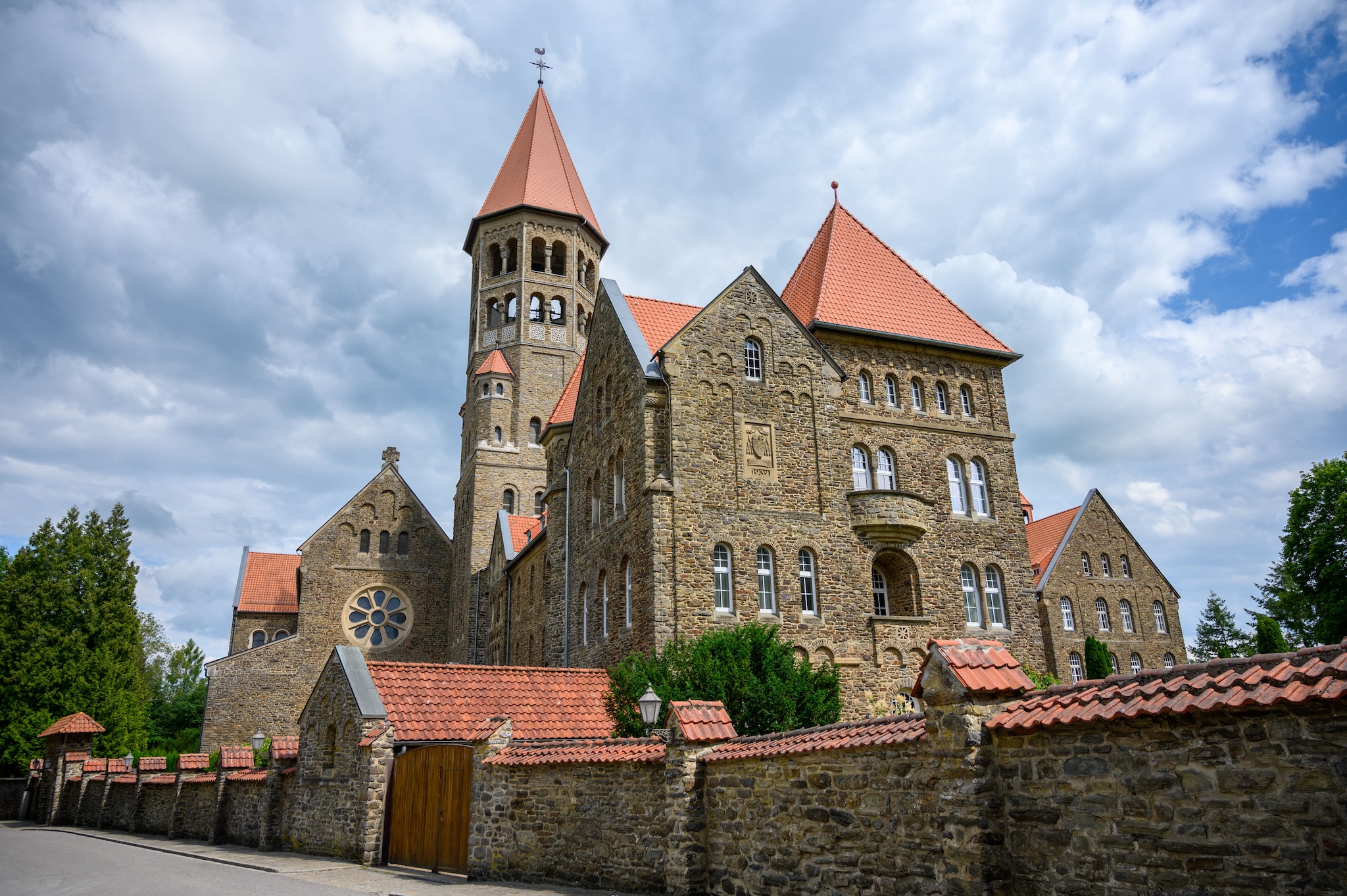
Clervaux abbey
Clervaux
Sitting at a café in the pleasant town of Clervaux, it is hard to imagine that a fearsome battle was fought here between 16 and 18 December 1944 at the start of the great German offensive in the Ardennes. Clervaux was a strategic point as it controlled the roads leading to Bastogne, a key objective for the Germans in their aim to recapture the port of Antwerp. The Americans of the 110th regiment of the 28th Infantry Division defended Clervaux, but they were ill-equipped and outnumbered. They were ordered to resist at all costs and strenuously battled with the Germans, who eventually succeeded in occupying Clervaux but lost valuable time, enabling the Allies to reorganise the defence of Bastogne, a crucial hub of that bloody campaign. Today Clervaux remembers the courage of those soldiers in an exhibition inside the castle. The Château de Clervaux also hosts ‘The Family of Man’ a permanent photographic exhibition curated by Edward Steichen consisting of 503 photographs by 273 photographers from 68 countries, which was first presented in 1955 at the MoMa in New York. The exhibition shows of the unity of humanity, beyond the barriers of race, culture and religion. Ten years after the end of World War II, Steichen’s goal was to demonstrate that all men belong to the same global family. In 2003, the exhibition ‘The Family of Man’ was listed on the UNESCO Memory of the World register, as a manifesto of peace, tolerance and universal unity. Visiting it is a moving journey through images that speak a universal language: that of everyday gestures and human dignity.
Vianden
Vianden is a medieval jewel nestled in the green of the Luxembourg Ardennes. Its castle dominates the landscape. It was built between the 11th and 14th centuries on a late-Roman fort and is one of the most fascinating examples of Romanesque and Gothic architecture in Europe. Stroll through the Byzantine Gallery and the Upper Chapel to discover its carefully restored rooms and frescoes in incredible colours. From the ramparts, enjoy the view over the city and the River Our, before boarding the chairlift for a breathtaking panorama of the entire Our Valley. The village still retains its medieval charm with period walls and towers, and has a history intertwined with Victor Hugo, who wrote and designed here during his exile. You can visit the house-museum dedicated to him and then relax on the banks of the river or enjoy a meal at the Ancien Cinéma, a cinema-themed restaurant.
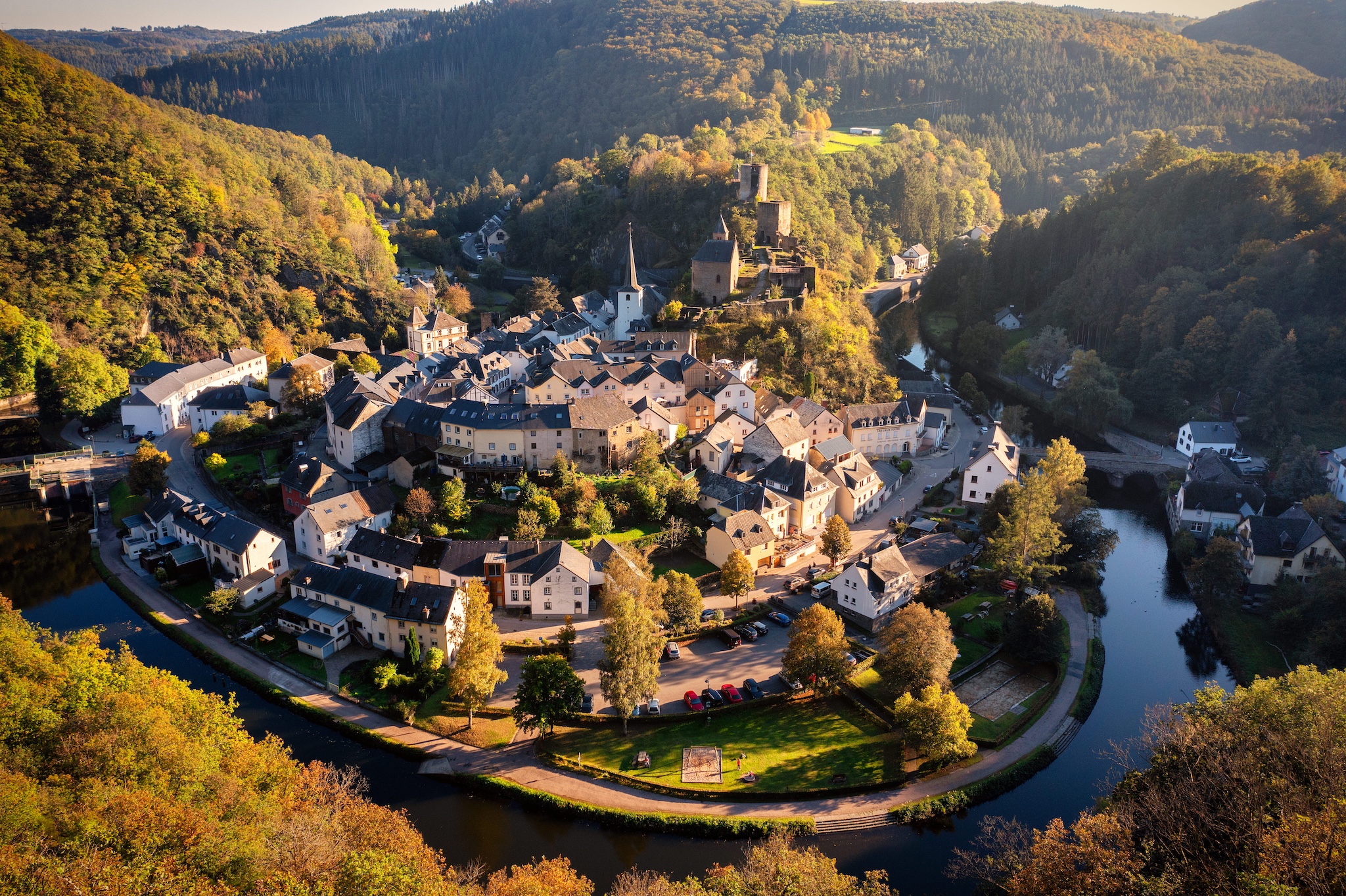
Esch-sur-Sûre
Esch-sur-Sûre
Esch-sur-Sûre in the Luxembourg Ardennes is surrounded by the Haute Sûre nature park. The Sûre River has carved out a spectacular landscape with deep gorges and steep cliffs. A dam was built here in 1961, creating a 380-hectare lake, perfect for water sports, fishing and hiking. The village of Esch-sur-Sûre is dominated by the ruins of the 9th-century castle that once protected the territory with a 450-metre-long defensive wall (at night it is lit for a fairy-tale atmosphere). Don’t miss the Wool Museum, housed in a former factory, learn about the ancient art of weaving and local history. The surrounding area offers 90 km of marked hiking and mountain bike trails, as well as a horseback riding circuit. Everywhere here nature and history are uniquely intertwined.


.jpeg)
